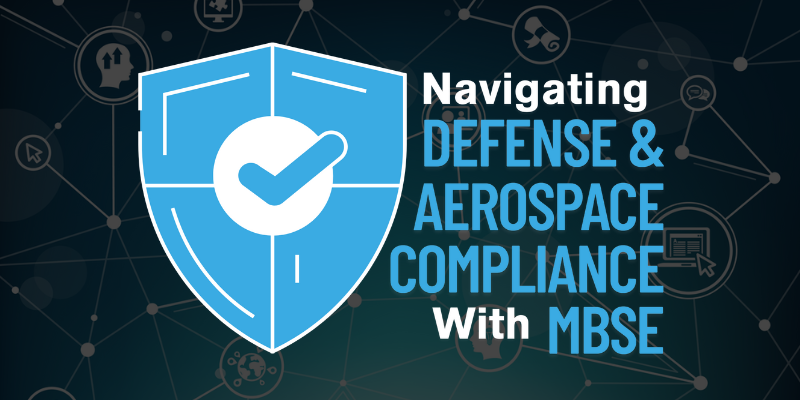How Do I Use MBSE Software Effectively?
Model-Based Systems Engineering (MBSE) is a transformative approach to managing complex systems throughout their lifecycle. However, simply adopting...

Transitioning to Model-Based Systems Engineering (MBSE) can significantly enhance organizations' efficiency, collaboration, and product quality. However, moving from traditional document-based systems engineering to a data-centric MBSE approach often encounters challenges due to concerns about cost, complexity, and cultural shifts.
This article outlines the key steps to successfully adopting MBSE in your organization, tailored for MBSE beginners.
MBSE adoption begins at the executive level. Securing the necessary resources, training, and cultural change is challenging without leadership support.
Power Play: Show your boss this whitepaper, "Return on Investment of Model-Based Systems Engineering."
Establish a cross-functional MBSE Implementation Project Team (IPT) to ensure a cohesive adoption strategy. This team should include:
.png?width=1920&height=1080&name=mbse%20adoption%20team%20(1).png)
A centralized approach ensures that MBSE aligns with company-wide processes, tools, and data governance policies.
Before implementing MBSE, establish a clear roadmap by defining:
This clarity ensures alignment across teams and justifies the investment in MBSE.
Resistance to change is common. To mitigate this:
When teams realize MBSE reduces workload rather than adding to it, they’ll be more inclined to adopt it.
For insights into MBSE adoption challenges, consider reading A Survey on MBSE Adoption Challenges.
Selecting appropriate tools is crucial. Consider:
Related Readings:
Adopt MBSE gradually:
Each phase should include feedback loops to continuously refine your approach.
Transitioning to a data-centric systems engineering approach involves:
Adopting becomes self-sustaining when MBSE becomes the gold standard for engineering within your company.
Adopting MBSE is more than implementing new tools; it’s about transforming your organization's approach to systems engineering. By securing leadership buy-in, forming a dedicated MBSE team, addressing resistance, and implementing MBSE in phases, you can ensure a smooth and successful transition.
Dive deeper into adopting MBSE into your organization with this Moving to a Data-Centric Practice of Systems Engineering eBook:
Have questions about model-based systems engineering or requirements management? Talk to an expert and see how Innoslate can streamline your projects from start to finish.

Model-Based Systems Engineering (MBSE) is a transformative approach to managing complex systems throughout their lifecycle. However, simply adopting...
[Manassas, 11-21-2023] — SPEC Innovations, a leading provider of systems engineering solutions and inventor of Innoslate, proudly announces its...

Not up for the read? Watch the recording of the webinar!